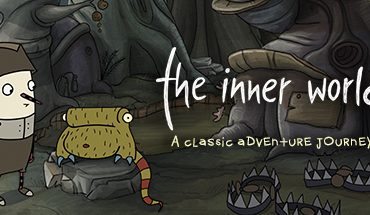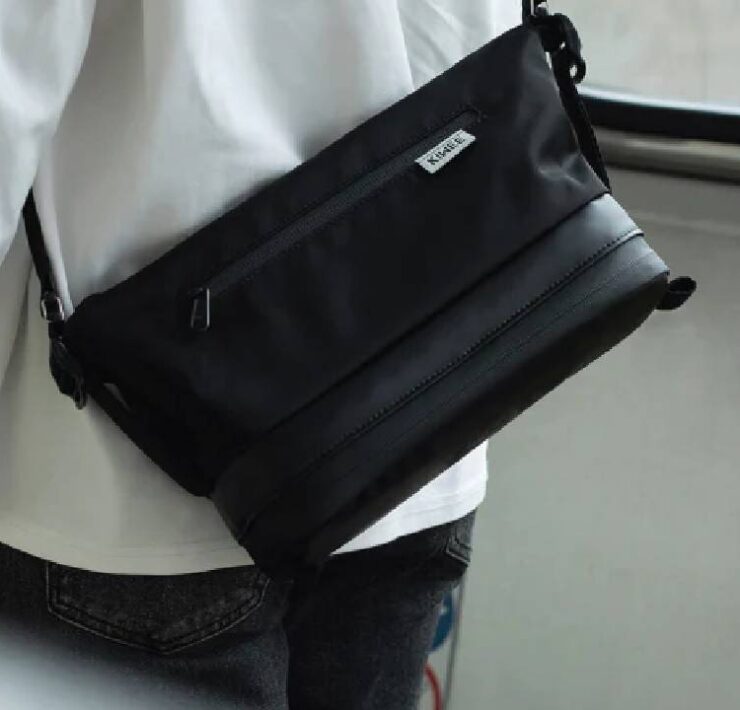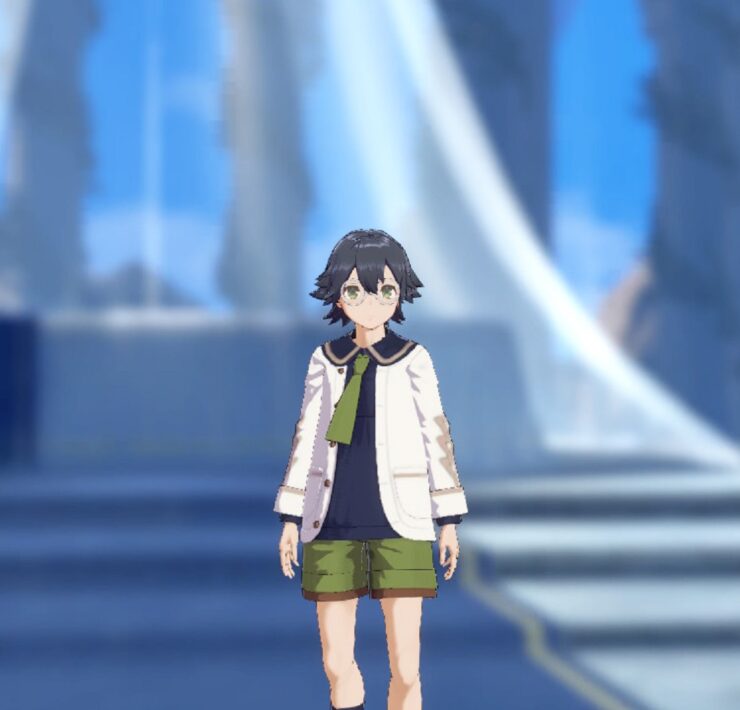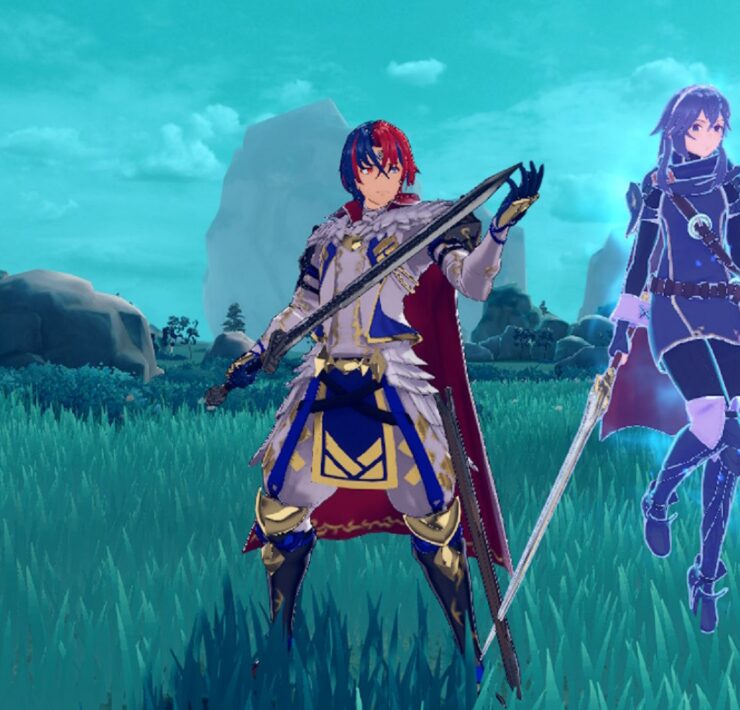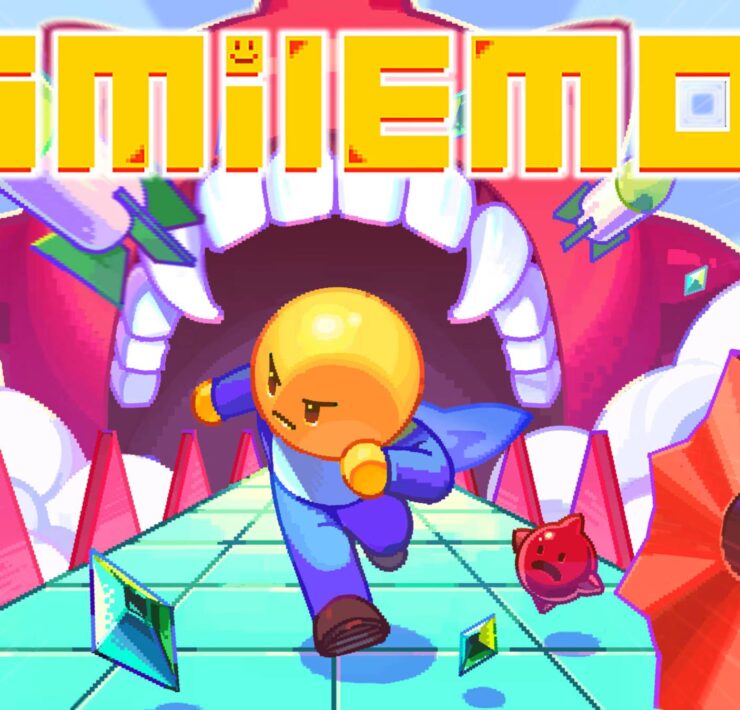Paper Mario Switch N64 Review – A Mix of Childlike Imagination and Adventure
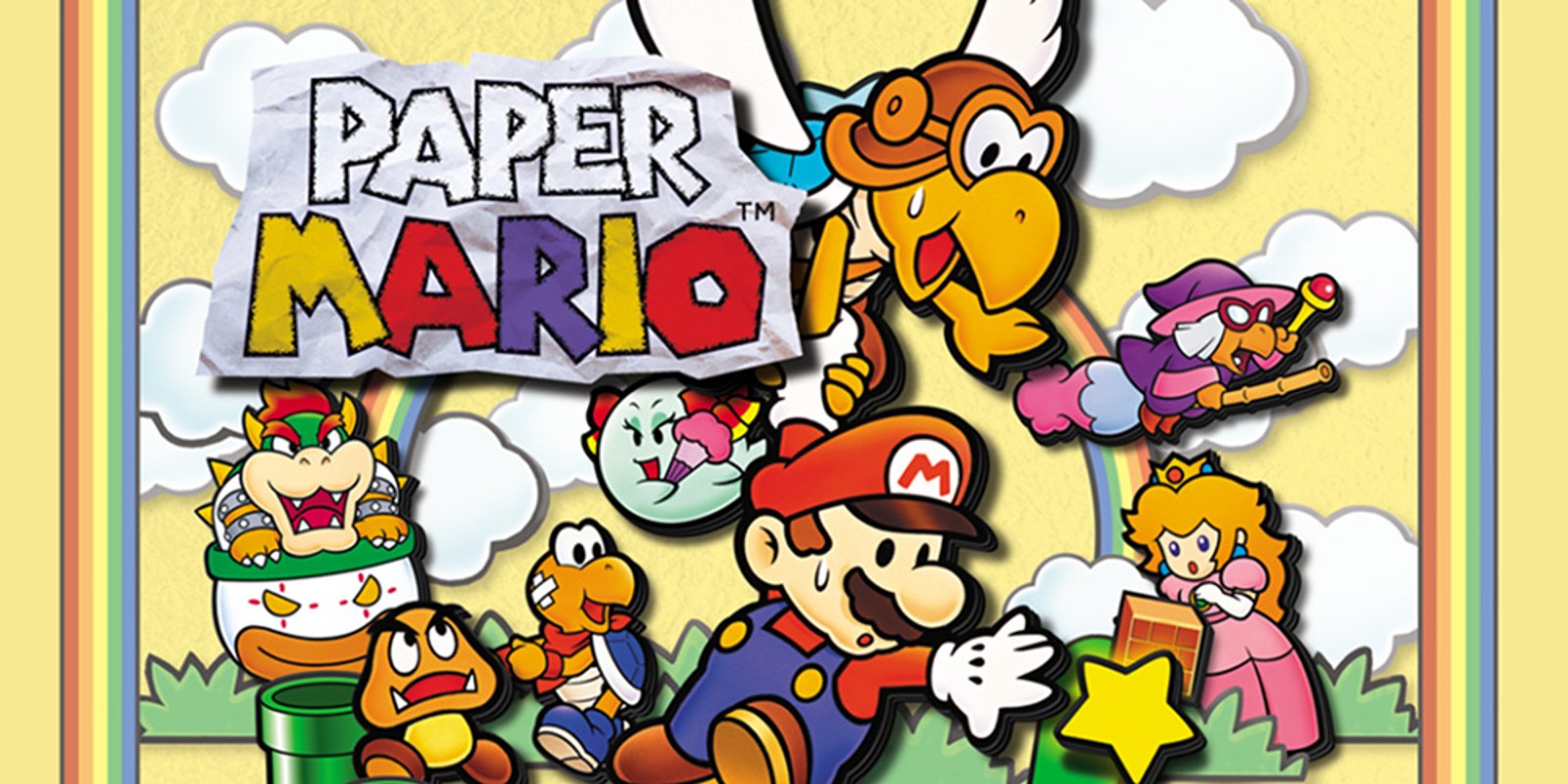
Paper Mario was a flagship title for the Nintendo 64, and I remember seeing that amazing TV commercial for it constantly on TV and thinking that Nintendo had lost their mind. A Mario game where everyone is paper? Little did I know back then that it was the spiritual sequel to one of my favorite SNES games, Mario RPG. The original commercial, for anyone curious, really is a spectacle to behold!
The story of Paper Mario starts off as your everyday Mario game. The Mario bros (Mario Mario and Luigi Mario for the uninitiated) go to Peach’s castle for a party, only for it to be crashed figuratively and literally by Bowser, except this time he is harnessing the power of the stars and seems invincible! Thus starts Mario’s journey of traversing the land teaming up with partners that usually we only see as enemies in the Mario series which has always seemed like a wildly fun idea to me. Getting to know the enemies of the series in a more intimate way is something only the Paper Mario series has done for us, and it just feels right!
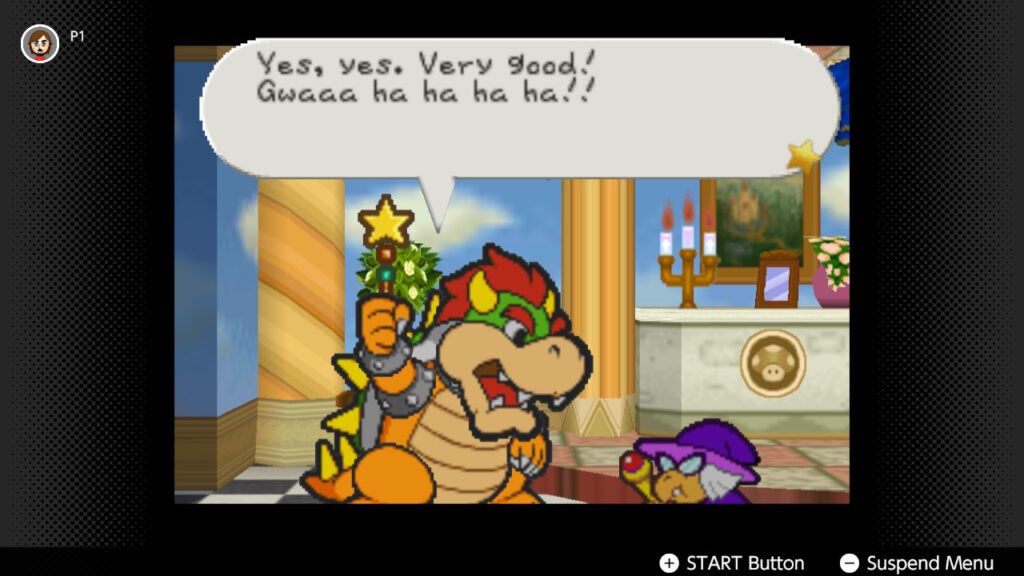
Through the story, each new area plays out generally the same way: get about a quarter to halfway through a chapter, a new party member joins you, then you use their ability to get further in the area to fight the boss and free the star spirit. This is the main draw of Paper Mario, to bring the star spirits back together to be able to defeat Bowser and save Peach. Between each chapter you actually control Peach, who has been kidnapped, and you take this time to sneak around the castle to find out what Bowser has planned out next for Mario. While short, these little epilogues for each chapter always come across fun and gives us a closer look at Bowser and his minions.
While the chapters play out in the simplest sense the same way, there is enough variety between the new areas to use your party’s abilities to help traverse and find secrets. Something that never ceases to amaze me is how much Paper Mario rewards you between exploration and revisiting areas. Most of the rewards are Star pieces which are a currency that is used to purchase superpower badges, and badges are equipment that you attach to Mario and each have a different cost and effect from having more health to being able to use special abilities, which makes level up choices that much harder.
When you level up after getting 100 Star points (experience) you refill your health, flower points (magic), and can choose to either raise your health or magic five points or give yourself 3 more badge points. It really helps you build out how you want to play. For me, having low health and magic and a ton of badge points was ideal, because I was able to use wild abilities and have enemies rarely hit Mario.

Each of your teammates has their own outside-of-battle ability, like Goombario’s ability to give you information on the area you are in or Paratroopa’s ability to carry you across small gaps. They each have their own abilities in combat too, and while they don’t level up like Mario does, you can find these upgrade boxes around the work that beefs them up, raising their attack power and giving them new stronger abilities.
Music is one thing that doesn’t really knock it out of the park here. It was better in Square’s Mario RPG and set the bar high for these role-playing Mario titles. That being said, it is okay leaning towards good. There is just nothing here that is outstanding that sets it apart from other Mario games. The comedy of the writing is something that has always surprised me in the Paper Mario series, as it is this weird fourth-wall-breaking almost self-referential humor that just works, especially if like me you grew up with Mario. To this day, the comedy of this game is outstanding which is something that is hard to land.
The emulation side of Paper Mario on the Nintendo Switch + Expansion is actually really good! Considering there is a timing element to the battle system, hitting the right button at the right time lets you add damage or negate some damage, the biggest worry would be if there was a delay. Let me tell you, some of that damage you need to be able to get that button press digit or you will be dying a lot, because for a Mario game Paper Mario sometimes likes to flex and make you work for your victories even when it comes to the everyday regular enemies.
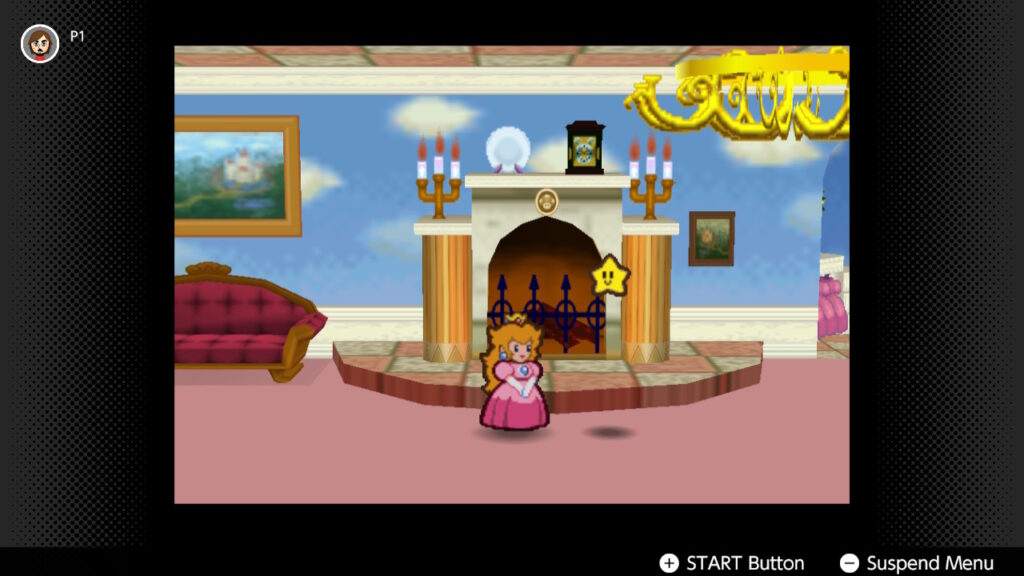
There are a few things that don’t go well with the emulation, though. For one, the menu runs at about 15 frames-per-second, but thankfully you only go there to change badges so there isn’t a big use for the menu. The other thing is that it basically trivializes coins to buy items and badges, because you can create and load states when you enter the casino. It’s easy to cheese it to go from 10 coins to 999 within 2 minutes.
Overall, Paper Mario ages incredibly well because of the art style. There really isn’t a push for the 3D, so it still looks really good. The story is heartfelt and hilarious, and the combat is top-notch, especially since the timing system really does work well on the Switch emulation.
Nintendo’s decision to release it piecemeal from the other ones so far seemed to have paid off, as the emulation is actually quite good in Paper Mario. Here’s hoping that Nintendo fixes up the other releases and continues to give us even monthly drops since we haven’t seen any SNES or NES games added for quite some time. But Paper Mario has definitely added a decent value to the Expansion +, and I can’t wait to see what we get next.
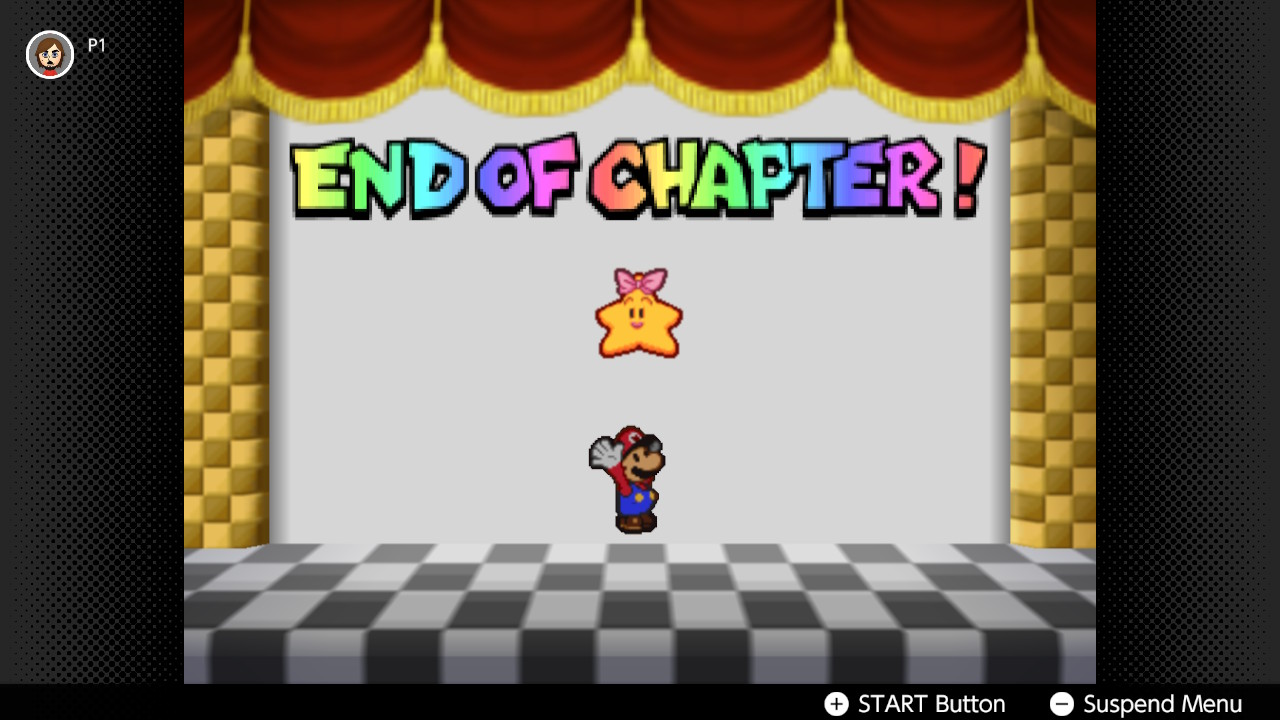
Fantastic Story
Imaginative encounters
Emulation works really good
Interesting Level up system
Each character feels really fleshed out






